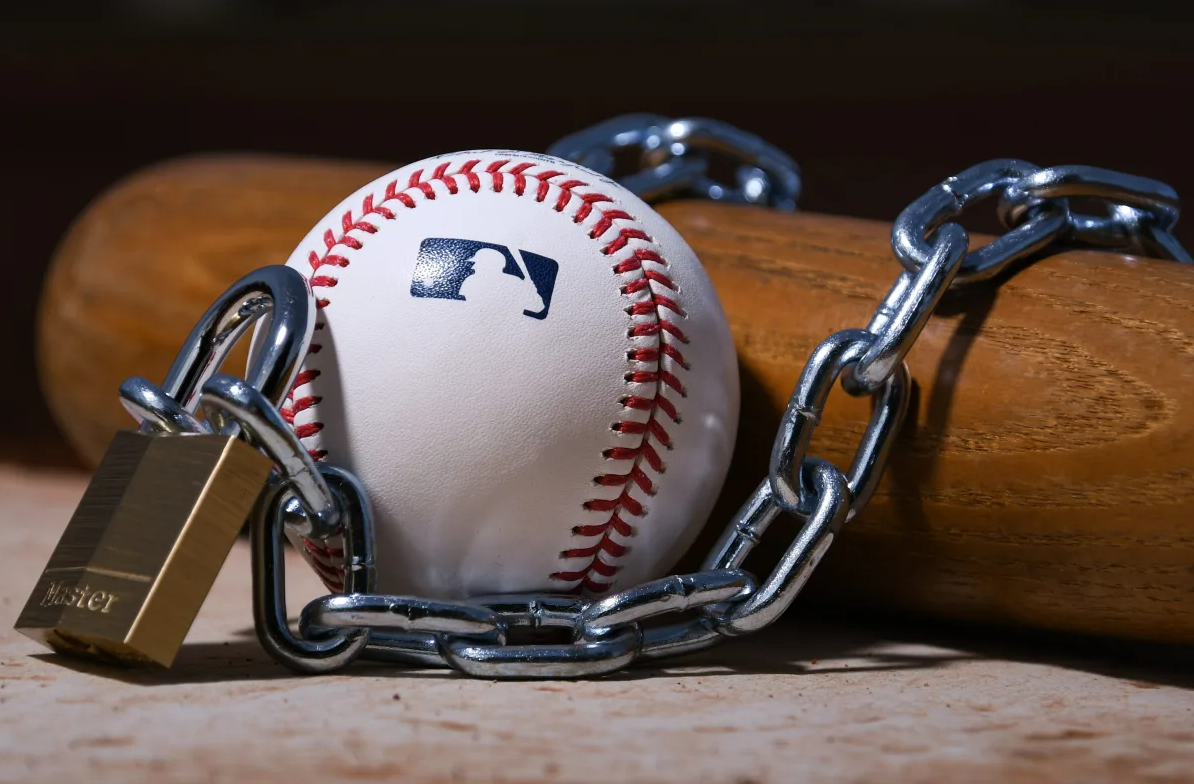The month of March did not kick off the Major League Baseball’s (MLB) season as it usually does. Instead, on March 1, MLB ownership announced that it was canceling regular season games due to a self-inflicted lockout for the first time in 27 years. The season officially began on Thursday, April 7th, but of course we are all happy it started. Nevertheless, it is useful to look back and learn from what happened.
The lockout, of course, was not the same as a strike. A strike is caused by a mass refusal of employees to work and usually takes place in response to employee grievances. In this case, the MLB ownership group was the party responsible for refusing to allow the league to operate without first reaching a new collective bargaining agreement (CBA). In early December, the MLB’s CBA with the players’ union expired and instead of extending the agreement until a new one could be ratified, owners made the decision to cease all baseball operations until a new CBA was in place. This move put the owners in control as they were able to gain leverage by managing the timing of negotiations.
Since early December 2021, concerned players and anxious baseball fans watched as both sides – the owners and the players’ union – moved further apart on key issues. Like most CBA negotiations in sports and otherwise, the talks mostly hinged on economic factors. One of the issues that took center stage was the competitive balance tax (CBT). The CBT, also known as the luxury tax, is the MLB’s way of addressing economic conditions that most other professional leagues handle through a salary cap. MLB teams with payrolls over a certain amount are forced to pay a tax to the league, imposing a de facto salary cap.
A report by the Associated Press showed that the average MLB player’s salary has declined for four consecutive years, dropping by 6.4% from $4.45 million in 2017 to $4.17 million in 2021. This was largely due to the requirement of the CBT. During negotiations, the owners requested a CBT threshold of $220 million in 2022, maintaining that same limit for 2023 and 2024. This would make it a “harder” salary cap. The players’ union was looking to raise the CBT tax threshold arguing the tax discourages competition and incentivizes a reliance on younger, lower-paid players. The union was seeking a spike to $245 million for the base tax threshold. Both sides agreed to have the starting point of the CBT set at $230 million in 2023 and finish at $244 million in the final year of the CBA.
The second key issue controlling the negotiation was the argument over a pre-arbitration bonus pool. The union sought to implement a centralized bonus pool for players who are not yet eligible for arbitration that would be based on performance. Initially, the MLB offered $10 million in the pool while the players wanted $105 million. Under the new CBA, the owners will pay the best and youngest players from a new pool set at $50 million. The allocation of the funds will be distributed to the top 30 pre-arbitration players based on Wins Above Replacement (WAR) and awards.
Another key issue was the free agency structure. Currently, when teams sign certain free agents that are high value, they are forced to give up a draft pick to sign them. This is otherwise known as a “qualifying offer.” The players’ union is unhappy with this process and argued to have it struck from the CBA as it depresses the free agent market by adding a barrier to big-money signings. While the owners recognized the problems implicit in the free agency structure, they wanted something in exchange – an international draft. This would be a way for owners to have control of the marketplace as there is an influx of money from places like the Dominican Republic and Japan. Both sides recognize the future of free agency as a major issue, however, in an effort to seal the deal and keep fans happy, the parties have agreed to continue negotiations on this issue through July 25th..
The union also sought to raise the league’s minimum salary of $570,500. This issue was highly contested as both sides made slight movements in their positions over several days. The owners offered to increase the starting minimum salary for first year players from $600,000 to $615,000 while the players wanted a rise to $775,000. Both sides agreed to a minimum salary of $700,000 that peaks at $780,000 in the final year of the CBA, with $20,000 bonuses each year. This is a significant jump from $570,500 and represents a pay gain of about 23% for pre-arbitration players.
Thankfully, baseball’s first labor stoppage since 1994 and the second-longest work stoppage in MLB history did not result in a loss of regular season games. On March 10, the MLB lockout ended in its 99th day as the two sides reached a deal for a new collective bargaining agreement.
This resolution comes at a time when workers and unions are becoming increasingly empowered. The labor resurgence has generated strikes at major companies like John Deere, Frito Lay, and Kellogg, and unionizing campaigns by workers at Amazon and Starbucks. The division we see between the MLB owners and players is a representation of the current battle between businesses and employees. It is a movement that is echoing throughout workplaces across the country and will likely grow stronger in the months and years to come.
Contact Us Today
The employment law attorneys at The Boyd Law Group are monitoring these and other changes to the legal landscape and work environment, and stand ready to assist our employee and employer clients in navigating new developments in the law. Contact us today and “let us take the worry out of your work.”


